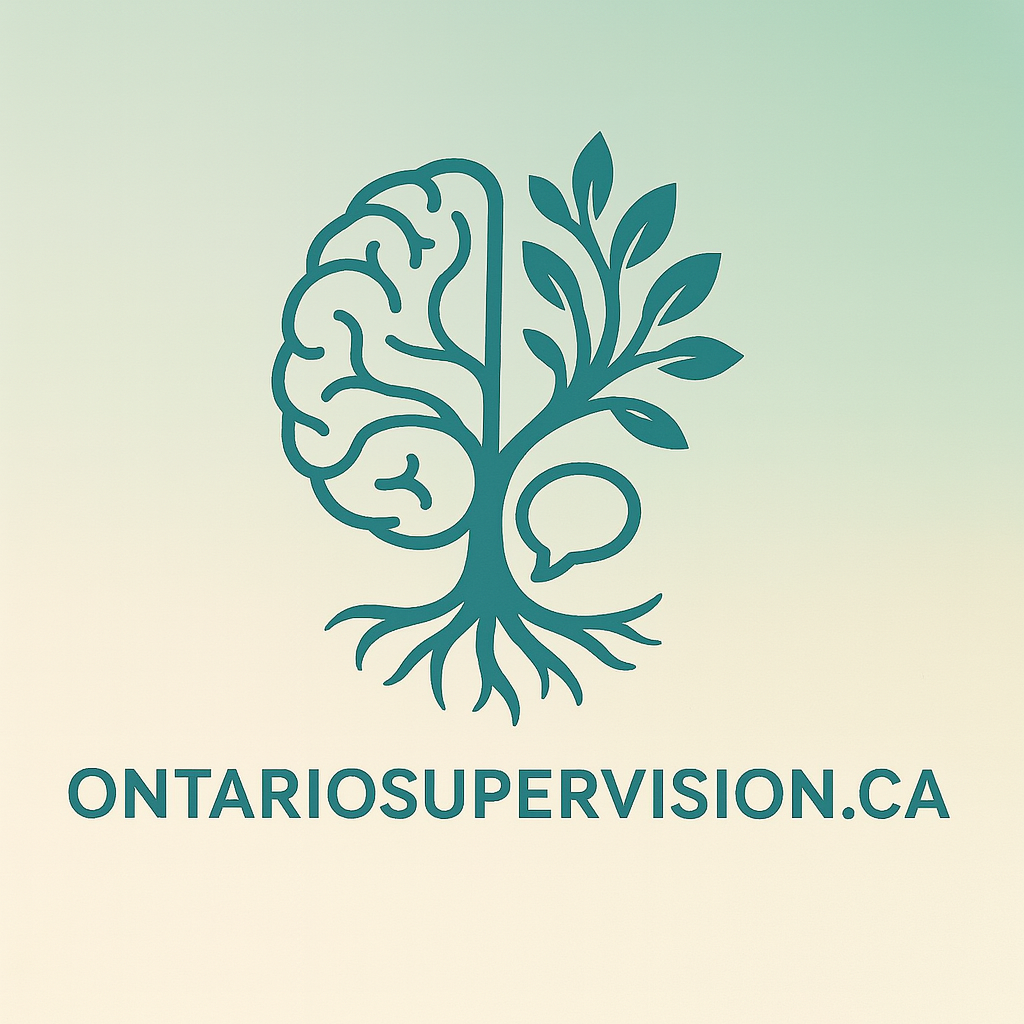A Journey Through Time and Stigma
Introduction
The field of psychotherapy has undergone significant transformations over the years, evolving from rudimentary practices like blood-letting and lobotomies to evidence-based approaches like CBT and DBT. This evolution not only reflects advancements in our understanding of mental health but also changes in societal attitudes towards mental illness. While we have made considerable progress, it is crucial to acknowledge that psychotherapy is still in its infancy and will continue to evolve. The techniques we use today should by no means be considered the be all and end all. This article aims to explore the drastic changes in psychotherapy techniques over the years, the stigma associated with mental illness, and the road that lies ahead for our dynamic and ever-changing profession.
Techniques: Then and Now
50 Years Ago
Half a century ago, the landscape of psychotherapy was vastly different. The Freudian psychoanalytic approach dominated the field, focusing on unconscious conflicts and early childhood experiences. Techniques such as dream analysis and free association were widely used, often requiring years of therapy to achieve perceived results. While these methods laid the foundation for modern psychotherapy, they were often criticized for their lack of empirical evidence and long-term efficacy.
Present Day
Fast forward to today, and the field has diversified immensely. Cognitive Behavioral Therapy (CBT), Dialectical Behavior Therapy (DBT), and Acceptance and Commitment Therapy (ACT) are just a few examples of evidence-based approaches that have gained prominence. These therapies are often short-term and goal-oriented, focusing on present-day issues rather than delving into the unconscious mind. The shift towards evidence-based practice reflects a broader societal trend towards scientific rigor and accountability.
The Stigma of Mental Illness: A Historical Perspective
100 Years Ago
A century ago, the stigma surrounding mental illness was profound. Those suffering from mental health conditions were often institutionalized, isolated from society, and subjected to inhumane treatments. The lack of understanding and societal prejudice led to a culture of shame and silence.
50 Years Ago
Even 50 years ago, the stigma persisted, albeit to a lesser extent. Mental illness was often considered a moral failing or a sign of weakness. While the advent of psychotropic medications offered some relief, the social stigma remained a significant barrier to seeking help.
Today
In contemporary society, we have made strides in reducing the stigma associated with mental illness. Public awareness campaigns, celebrity endorsements, and advancements in research have contributed to a more accepting environment. However, we still have a long way to go. Discrimination and prejudice continue to exist, often manifesting in subtle ways that can deter individuals from seeking the help they need.
The Road Ahead: An Evolving Discipline
As we look to the future, it is clear that psychotherapy is still in its infancy. With advancements in neuroscience, artificial intelligence, and personalized medicine, the field is poised for further evolution. The integration of multidisciplinary approaches, including the incorporation of cultural and social factors, promises a more holistic understanding of mental health.
The journey of psychotherapy from its nascent stages to its current form is a testament to human resilience and ingenuity. While we have come a long way in both technique and reducing stigma, the road ahead is long and filled with challenges. As professionals in this field, it is our responsibility to continue to advocate for evidence-based practices, challenge societal prejudices, and contribute to the ongoing evolution of this vital discipline.
